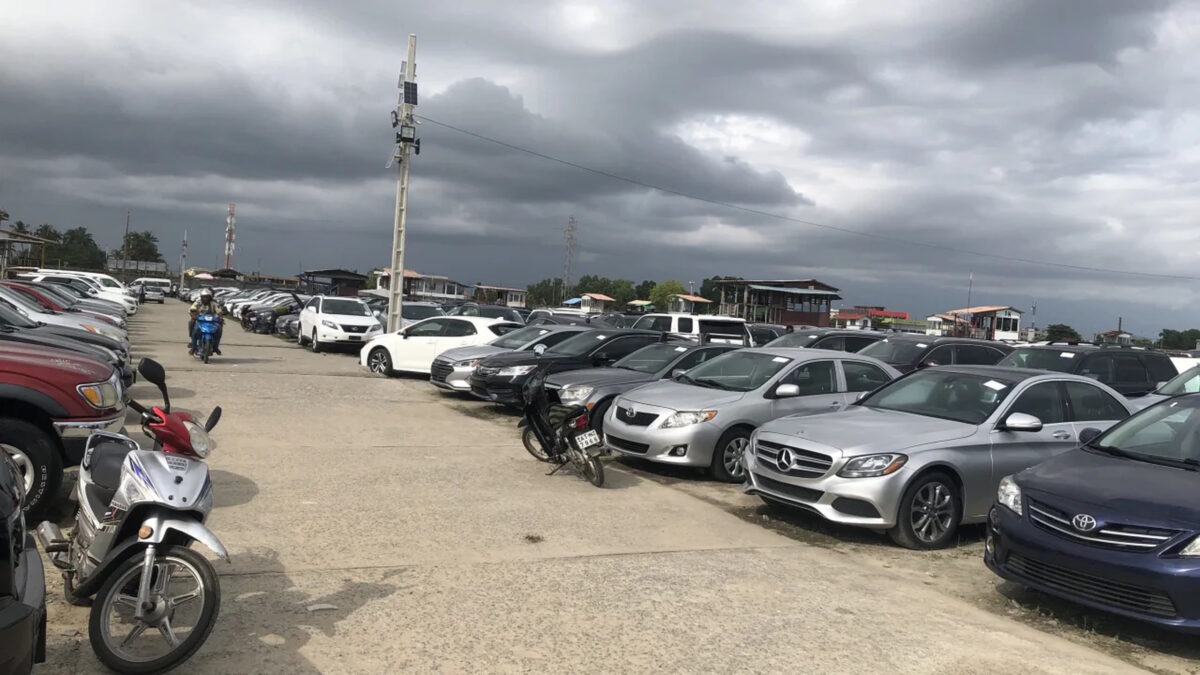Texas power demand again forecast to peak amid Summer 2023 heat wave – “Texas is running about 2 degrees Fahrenheit warmer than it did during the 20th century”

26 June 2023 (Reuters) – Texas’ power grid operator on Monday again projected electricity use would break records this week as homes and business cranked up air conditioning amid soaring temperatures.
The Electric Reliability Council of Texas (ERCOT), which operates the grid for more than 26 million customers representing about 90% of the state’s power load, forecast demand would hit 85,471 megawatt hours on June 27, topping last year’s peak of 80,148 MWh.
This would be at least the third time in about two weeks that the grid operator has forecast record high demand.
AccuWeather forecast high temperatures in Houston, the biggest city in Texas, will hit 102.2 F (39 degrees Celsius) on Tuesday. That compares with a normal high of 93.2 F (34 degrees Celsius) for this time of year.
ERCOT issued a weather watch for June 25-30, forecasting higher temperatures driving demand higher.
Extreme weather is a reminder of the 2021 February freeze that left millions of Texans without power, water and heat for days during a deadly storm as ERCOT scrambled to prevent a grid collapse after an unusually large amount of generation was shut down.
Power use last week fell short of the record high forecast by ERCOT after storms and storm-related power outages reduced usage and consumers heeded the grid operator’s June 20 call to conserve energy.
At present, Kentucky, Tennessee and Arkansas are seeing power outages of 100,000 users each, according to data from poweroutages.us, while Texas outages stood at about 3,000 users.
Day-ahead power prices at the ERCOT North Hub, which includes Dallas, are expected to rise to $1,711.23 per megawatt hour (MWh) from 15:00 CT to 16:00 CT.
Texas power demand again forecast to peak this week amid heat wave

Scorching heat to push Texas electric demand to record levels next week
By Saul Elbein
23 June 2023
(The Hill) – Texas is set to face record electric demand next week as it endures punishing tropical heat.
Many Texans remain unsure of whether the state’s grid has been fixed after going through two crises since 2020. But even though the state is anticipated to smash electricity demand records almost every day next week, blackouts are unlikely — at least from demand alone.
Demand on the isolated electric grid is expected to top last year’s all-time highs by more than 3 percent on Monday afternoon, according to the Electric Reliability Council of Texas (ERCOT), which administers the grid.
But while overall demand has risen, supply has risen faster as a result of grid efficiency measures and an influx of renewable energy — keeping the Texas grid flush with reserve power.
Even as demand Monday is estimated to hit 82 gigawatts — beating last summer’s record of about 80 gigawatts — the state will have around 7 gigawatts of additional reserve power, according to ERCOT.
Many Texans are still uncertain as to whether reforms made to the grid are sufficient to stop another deadly blackout, however.
A new poll from the University of Texas at Austin found that 47 percent of Texas voters lacked confidence that state lawmakers had done enough to shore up the grid, and fewer than 20 percent were confident.
“There has been a very long hangover from the impact and the experience of [the 2021] winter storm,” James Henson, director of the Texas Politics Project, which carried out the grid survey, told Austin-based KXAN.
That February storm was a statewide shock that resulted when extreme weather hit the state’s insufficiently insulated power infrastructure.
As demand surged from millions of Texans trying to stay warm, the grid came within five minutes of a catastrophic failure that could have taken months to fix.
But to head off that outcome, ERCOT blacked out much of the grid — leaving 69 percent of Texans without power and 49 percent water for at least some part of the four-day crisis, according to the state.
And an ice storm in February led to widespread and protracted outages in Austin, where at one point a quarter of the city was without power in subfreezing conditions.
Texans remain doubtful about how much progress has been made since those outages, Henson noted — even though the legislature has twice met to “both make the grid, as it exists, more resilient and to expand capacity,” he added.
But after experiencing two multiday blackouts in three years, there is ample reason for Texans to remain gun-shy — particularly as triple-digit June temperatures are already setting records across several small cities.
Some of these new records are eye-popping, with temperatures in certain areas hitting levels slightly higher than those in Death Valley, Calif., usually America’s benchmark for extreme heat.
The Rio Grande cities of Del Rio and Laredo each hit 115 degrees this week. In San Angelo, as temperatures reached a record 114, the area’s National Weather Service branch tweeted photos of chocolate chip cookies being baked inside a parked car.
ERCOT this week called on customers to “voluntarily reduce electric use” to blunt the record demand on the grid and to make up for interruptions in the power that usually would have been supplied by wind and gas. […]
The increase in the state’s average temperatures resulting from climate change is driving the state’s normally oppressive summers to new extremes, state climatologist John Nielsen-Gammon told the Texas Tribune.
“Texas is running about 2 degrees Fahrenheit warmer than it did during the 20th century,” Nielsen-Gammon said. “So if you’re close to a temperature record, that will put it over the edge.”
The cause of that rise is now almost universally agreed to be the continued burning of carbon fuels — which, in a brutal bit of climate irony, remain the most reliable source of on-demand power to shore up grids pinched by planetary heating.
As ERCOT records note, Texas has made more progress than most states in replacing carbon fuels with zero-carbon ones. About 40 percent of the state’s electric supply is now zero-carbon: 18 percent comes from solar, 13 percent from wind and 7.5 percent from nuclear.
Renewable resources are now essential to keeping the grid stable, a leading Texas regulator told reporters in May.
“For the first time, the peak demand for power this summer will exceed the amount we can generate from dispatchable power, and we will be relying on renewables to keep the lights on,” said Peter Lake, chairman of the Public Utility Commission.
But state Republicans have consistently criticized renewables as inherently unreliable and have often suggested adding renewables — such as wind and solar — to the grid makes it less stable.
The state GOP passed legislation in May to build 10 more power plants that would run on planet-heating natural gas, which currently supplies about 48 percent of Texas’s electric supply. Coal, the dirtiest-burning fuel, accounts for the final 13.5 percent. [more]
Scorching heat to push Texas electric demand to record levels next week

